You’ve probably been there, finding the perfect flight, the price is just right, and all you need is an hour to lock in your plans. But when you come back to book, the price has mysteriously shot up by $100. You think, “They’re tracking me!”
For years, travelers have blamed things like browser cookies and search history for these annoying price jumps. But the real reason is simpler, and more interesting.
The trick to cheaper flights has nothing to do with your online history and everything to do with where you’re located. Enter geographic pricing. This is how airlines charge different prices for the same seat depending on where you are in the world.
But here’s the cool part: there’s a tool that lets you “hop” to different locations digitally to snag the best deals.
It’s the VPN trick that frequent flyers swear by, and in this guide, we’ll break down how it works, whether it really works, and how you can use it to potentially save big on your next trip.
Contents
- 1 Why Flight Prices Feel Impossible to Pin Down
- 2 What is a VPN and How Can It Help You Save on Flights?
- 3 The Ultimate Guide to Scoring Cheaper Flights with a VPN
- 4 Does This VPN Trick Frequent Flyers Swear By Actually Work?
- 5 The Final Hurdle: Actually Paying for Your Discounted Flight
- 6 Beyond the VPN: Your Smarter Travel Playbook
- 7 The Final Takeoff
Why Flight Prices Feel Impossible to Pin Down
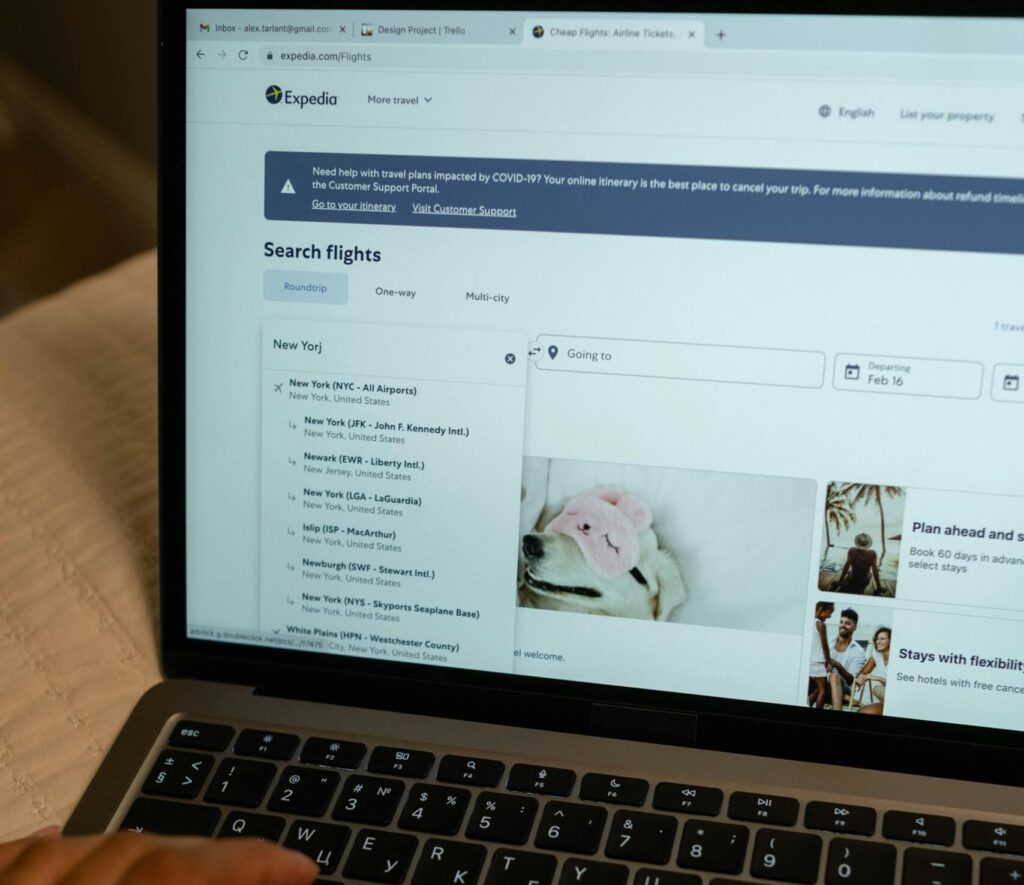
Before we get to the hack, let’s clear up why prices jump around. Airline pricing is messy and technical; powerful algorithms update fares in real time. But they’re not out to track every click you make.
Forget the Cookies, It’s All About Location
The common myth is that repeating a search or not clearing cookies makes prices climb. That’s mostly wrong. Clearing cookies or using incognito rarely produces a magical discount.
So what’s really happening? Airlines use dynamic pricing: their systems tweak fares constantly based on things like demand, how many seats are left, what competitors charge, the season, and even the weather.
When a price rises, it’s usually because the cheaper fare bucket sold out for everyone, not because you searched too much.
Geographic Pricing: The Real Secret
The thing that does matter is where you’re buying the ticket from. Airlines often charge different prices for the exact same flight depending on the buyer’s country. This is called geographic pricing, or the “point of sale.” Prices can be adjusted for local income levels, competition, currency, or regional demand.
For example, a New York–London ticket might be pricier if purchased in the U.S. than if bought from Mexico. That difference, location-based pricing, is the loophole many travelers exploit.
What is a VPN and How Can It Help You Save on Flights?
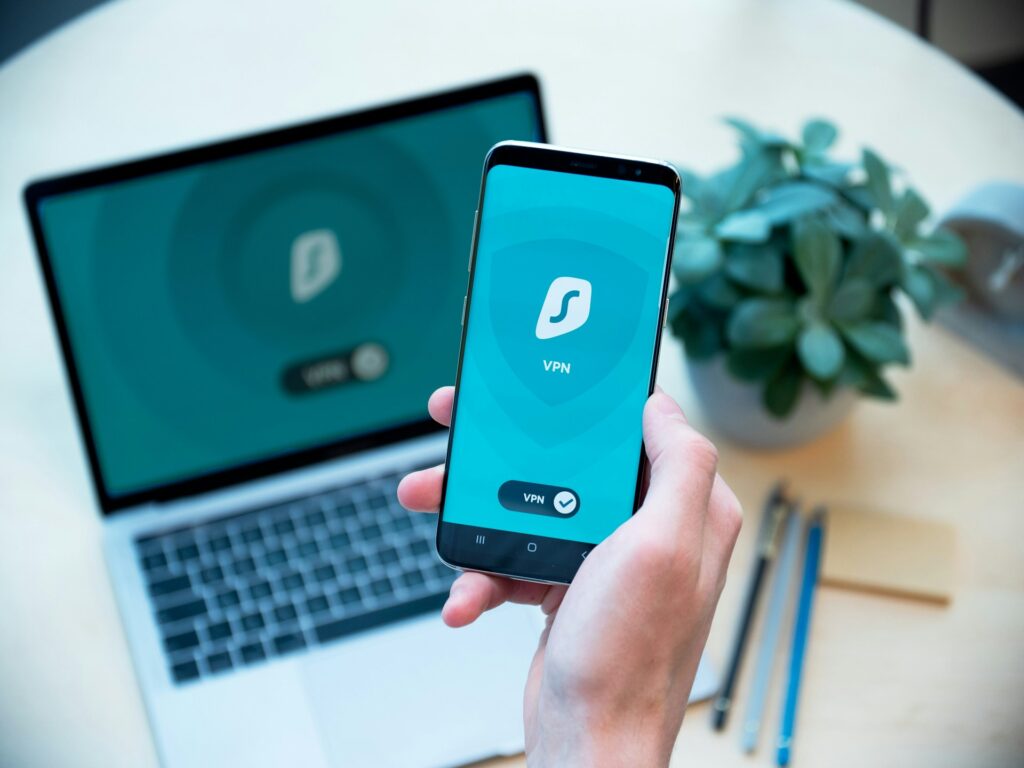
If your location affects flight prices, then changing your location should change the price, too. But don’t worry, you don’t need to hop on a plane to another country just to get a cheaper ticket. You just need to make it look like you are. That’s where a VPN comes in.
Think of a VPN as a private, secure tunnel for your internet connection. Normally, when you connect to the internet, your device gets assigned an IP address that reveals roughly where you are.
A VPN works by routing your connection through one of its servers in another location. When you connect to a server in a different country, your real IP address is hidden, and the website thinks you’re browsing from that country instead. This digital disguise lets you access different prices based on your “new” location, helping you hunt for the best deal.
Also Read: Don’t Wait 12 Years Like I Did: How Installing a VPN on My Smart TV Changed It All
The Ultimate Guide to Scoring Cheaper Flights with a VPN

Ready to give it a go? Finding cheaper flights with a VPN isn’t about just clicking around. It’s about taking a smart, step-by-step approach and running a little experiment to uncover those hidden deals.
Your Step-by-Step Guide to Saving
Follow these steps carefully for the best shot at finding those hidden deals.
Choose a Good VPN: Avoid free VPNs. They tend to have fewer server locations, slow speeds, and can even put your privacy at risk. Go for a trusted, paid VPN with a wide network of servers around the world.
Prepare Your Browser: Log out of any travel accounts and clear your browser’s cookies, cache, and history. This helps ensure that no old data messes with your new location.
Find Your Baseline Price: Search for your flight without the VPN and note down the price. This is the number you want to beat.
Connect Your VPN: Close your browser, open your VPN app, and connect to a server in a different country.
Search in Private: Open a new incognito or private window. This prevents any old data from messing with your new search.
Compare and Repeat: Search for the same flight again, convert the price to your home currency, and see if it’s cheaper than your baseline. Keep a simple log of each country and price. Then, close the browser, switch to a new VPN server, and try again!
Check: Skyscanner Is Outdated: These 6 Hidden Sites Find Cheaper Flights Every Single Time
Where to Point Your Virtual Compass
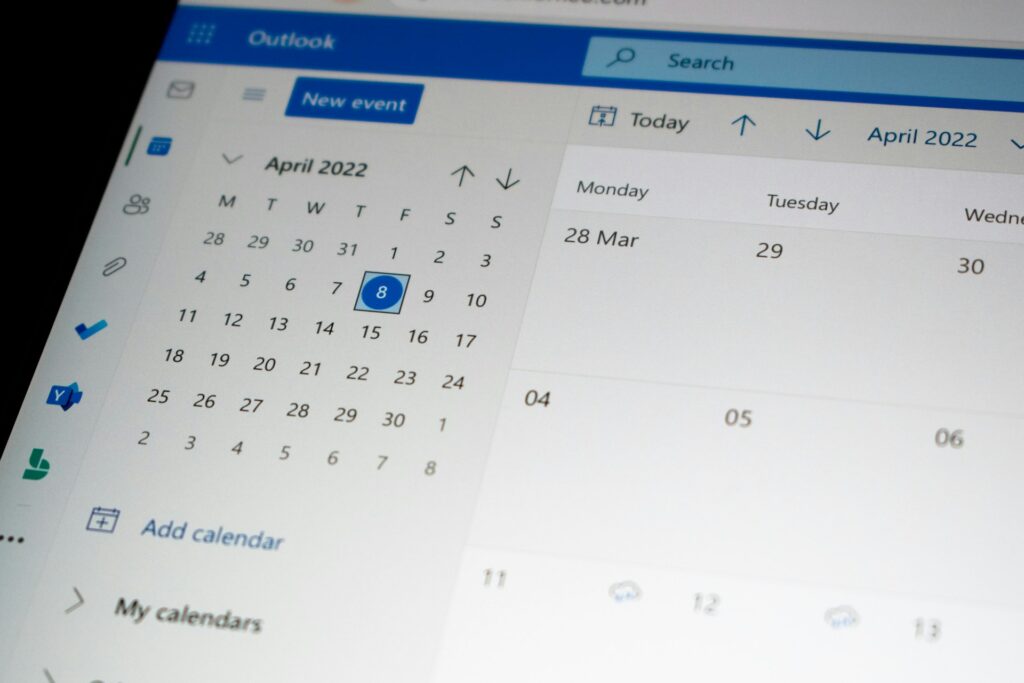
So, which countries should you try? While there’s no one-size-fits-all answer, research and traveler reports suggest a few key spots to focus on:
Lower-Income Countries: The theory here is that airlines might offer cheaper fares in countries with lower purchasing power to make tickets more accessible for locals. Good options to try include Mexico, India, Turkey, Thailand, Ukraine, Malaysia, and Ecuador.
The Airline’s Home Country: Some airlines offer better prices in their home country. For example, if you’re flying with Lufthansa, try connecting to a server in Germany for potential savings.
The Destination Country: It’s also worth checking prices from the country you’re flying to. Sometimes, you can unlock local deals by browsing as if you’re a local!
Does This VPN Trick Frequent Flyers Swear By Actually Work?

Here’s the million-dollar question. You’ll find plenty of articles and videos. Some claim huge savings, while others call it a total myth. The truth? It’s somewhere in between. The VPN trick isn’t a guaranteed win, but in the right situations, it can definitely work.
The Real-World Test: Hits and Misses
The effectiveness of this strategy varies a lot. Whether it works often depends on the airline, the route, and which countries you test. Here are some examples:
The Wins:
- A flight from São Paulo to Santiago was priced at $1,912 when booked from a US server. The same flight dropped to $110 when booked from Thailand, saving a massive $1,802.
- A flight from Nairobi to Mumbai was $206 from the US. Connecting through Mexico brought it down to $174, saving $32.
- One Reddit user reported saving about $300 on an international flight with a VPN.
The Fails:
- A test by PCMag on multiple routes showed that most prices were either the same or only slightly different. Their conclusion: “Using a VPN did not help me find a cheaper flight.”
- Another test from UK airports to Spain, the USA, and Dubai found “no difference” between prices with or without a VPN.
- A study by Tom’s Guide found the biggest saving was just $9. In fact, most non-UK servers actually made the flight prices go up.
The takeaway is clear: this is not a magic bullet. The VPN trick frequent flyers swear by works best on complex, long-haul international routes where pricing disparities between countries are more likely to exist. For simple domestic or short-haul flights, you are unlikely to see a difference.
The Final Hurdle: Actually Paying for Your Discounted Flight
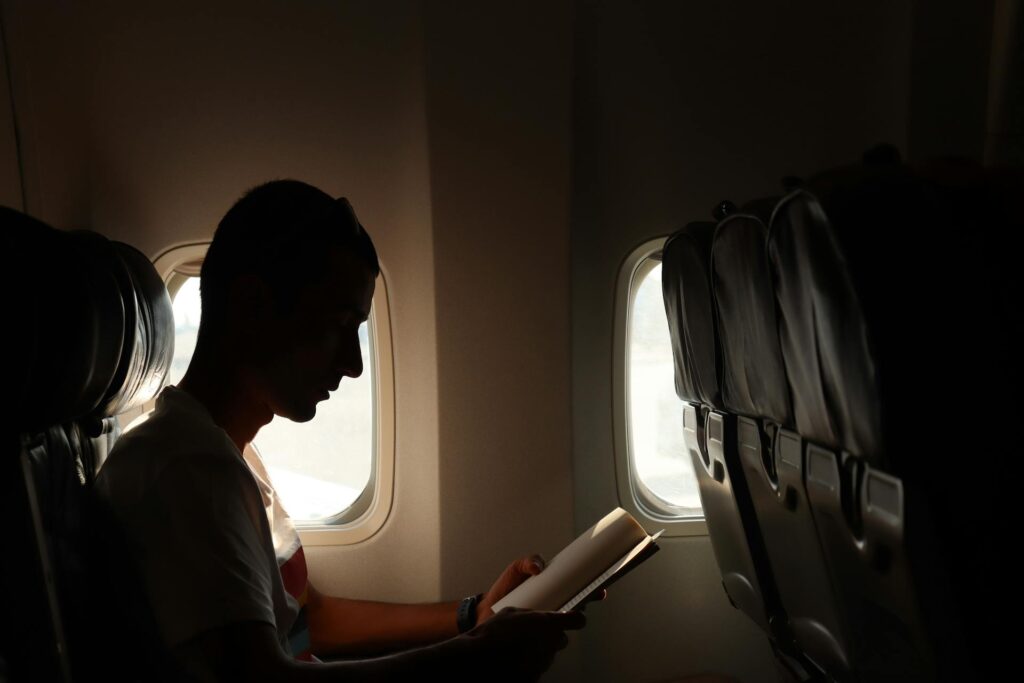
Let’s say you hit the jackpot and found a significantly cheaper fare. Nice. But don’t pop the champagne yet. Booking it can be the tricky part.
The Payment Wall
Most sites check that your card’s billing address matches where your IP says you are. If you try to buy a ticket priced in Argentine pesos with a U.S. card while your VPN shows Argentina, the payment may be declined or the site may kick you back to the pricier U.S. version.
Smart (But Imperfect) Workarounds
PayPal: Sometimes helps because it sits between your card and the merchant, so the seller sees PayPal instead of your card details. It can work, but PayPal also has fraud checks and may block VPN-related transactions.
Virtual Credit Cards (VCCs): Some services issue single-use or international virtual cards that aren’t tied to a physical address the same way. They can increase your odds, but they’re not a sure thing.
These hacks can help, but none guarantee a successful purchase every time.
Reading the Fine Print: Is It Risky?
Using a VPN is perfectly legal in most countries. Furthermore, some airlines, including American Airlines, have reportedly stated they have no policy against using a VPN, as long as the purchase can be completed successfully.
However, there is a small risk. Airlines have broad terms of service against fraudulent activity, and a booking made by misrepresenting your location could theoretically be flagged.
There are rare anecdotal reports of user accounts being temporarily locked for “suspicious activity” after booking with a VPN. While the risk appears low, it is not zero.
Beyond the VPN: Your Smarter Travel Playbook
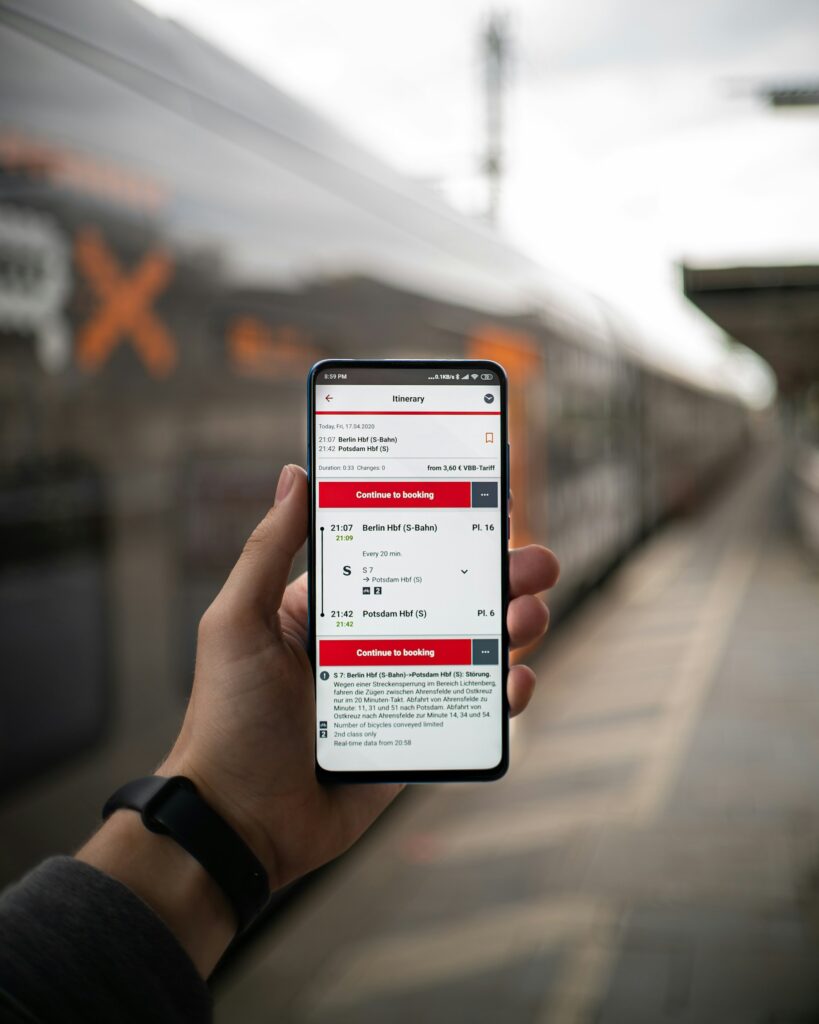
The VPN trick is a fun, clever tool to have in your travel toolkit, but it’s not foolproof and can take a bit of work. For more reliable savings, it’s best to start with the tried-and-true travel hacking methods.
More Reliable Ways to Save
Before you dive into VPN tricks, make sure you’ve got these basics covered. These strategies are more dependable for finding cheaper flights, whether you use a VPN or not.
Be Flexible: The best way to save is by staying flexible with your dates and destinations. Flying on a Tuesday instead of a Friday could save you hundreds. Use Google Flights’ “Explore” map to see the cheapest places to fly from your home airport on any given date.
Fly on the Right Days: Tuesdays, Wednesdays, and Saturdays are usually the cheapest days to fly because there’s less demand for travel.
Book at the Right Time: Timing is key. For domestic flights, book 1-3 months ahead. For international trips, aim for 2-6 months in advance.
Embrace Stopovers: Some airlines, like Icelandair, TAP Air Portugal, and Turkish Airlines, offer free stopover programs. You can add a multi-day visit to their hub city at no extra cost, giving you two vacations for the price of one.
The Final Takeoff
So, is the VPN trick the ultimate travel hack? It can be. It’s a real strategy based on how airlines actually price tickets. But it’s also not a guaranteed way to save every time.
For a typical domestic flight, it might not be worth the effort. But for that pricey, once-in-a-lifetime international trip? Spending an hour playing around with different locations could save you a decent chunk of change.
Start with the basics. Use flexibility and timing to get 90% of the way to the best price. Then, for those big-ticket flights, pull out the VPN trick and see if you can score that extra saving.
Happy travels and happy hunting!